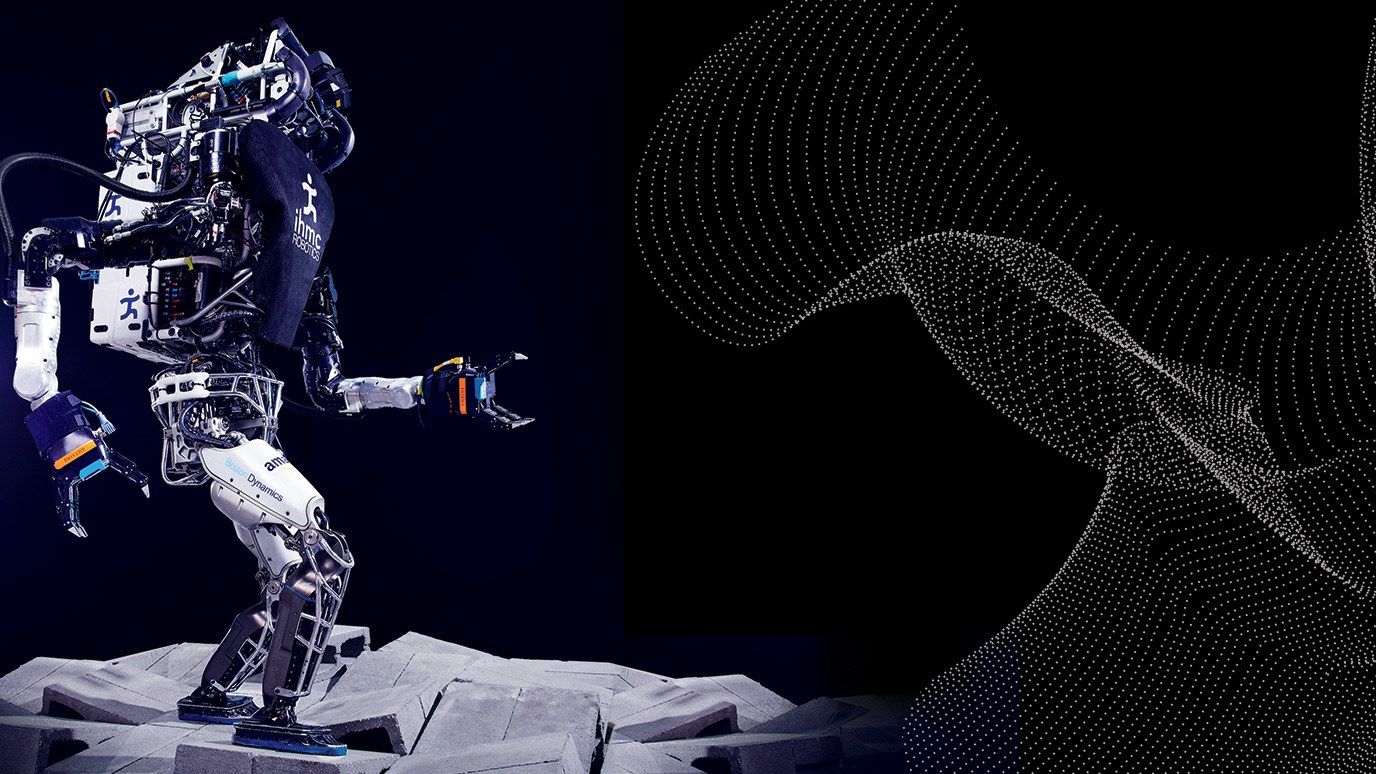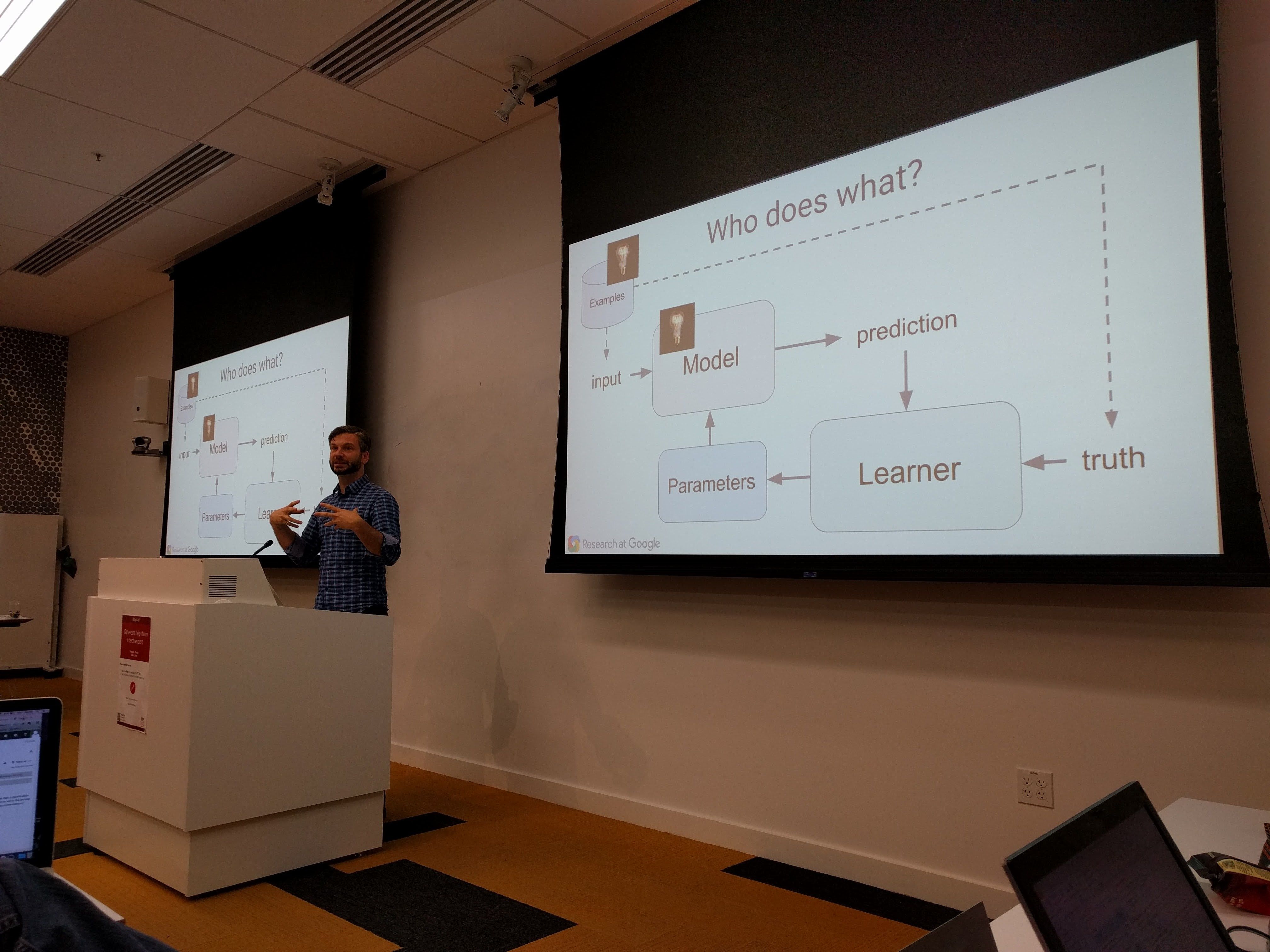Nov 14, 2015
Single Artificial Neuron Taught to Recognize Hundreds of Patterns
Posted by Phillipe Bojorquez in categories: education, robotics/AI
Biologists have long puzzled over why neurons have thousands of synapses. Now neuroscientists have shown they are crucial not just for recognizing patterns but for learning the sequence in which they appear.
















